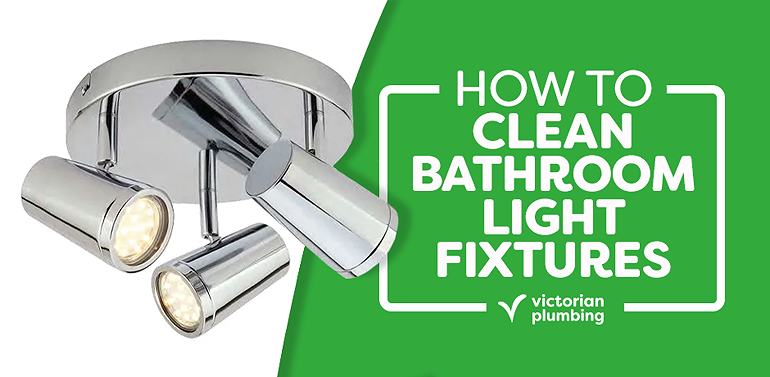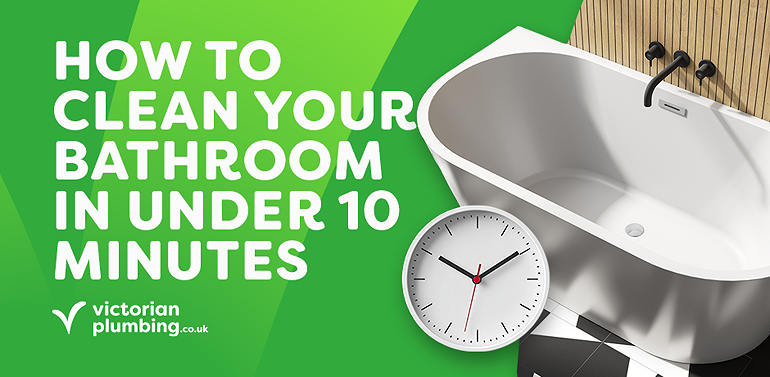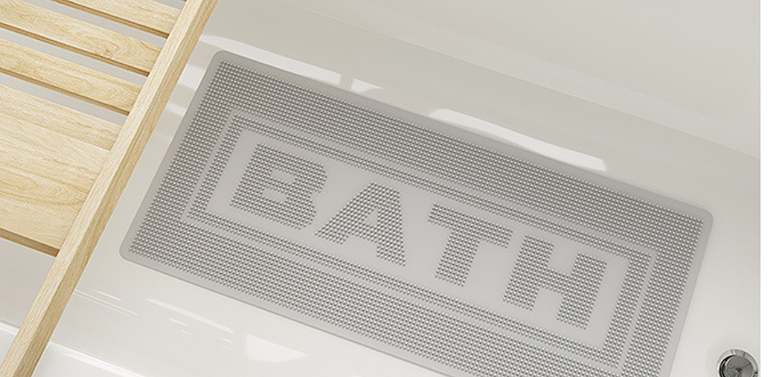EXTRA 10% OFF AREZZO WITH CODE: AREZZO10
Free Delivery on Orders Over £499**
how to balance radiators uk
How to Balance Your Radiators
Learn how to balance your radiators and get rid of those cold spots with this step by step Victorian Plumbing guide!
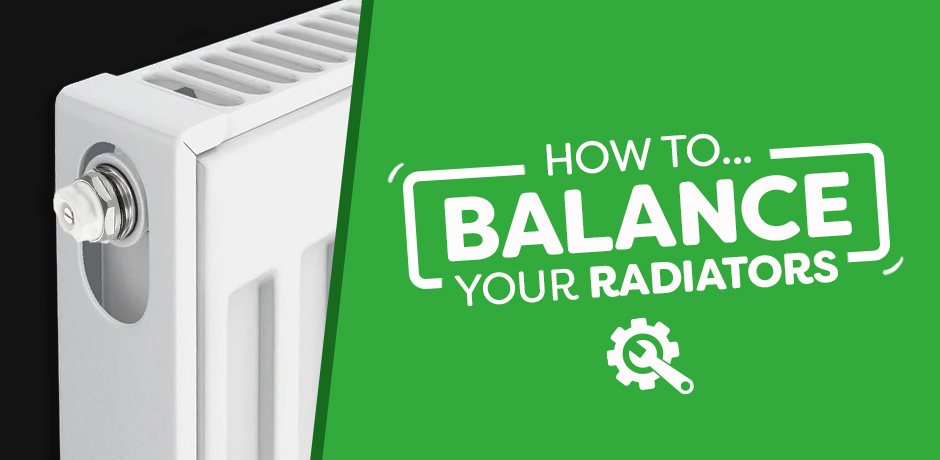
If you are noticing that your home isn't heating up as well as it used to then it might be time to balance your radiators. Balancing your radiators will make your heating system much more efficient. Follow these steps to start balancing your radiators.
Balancing your radiators is the adjustment of radiator valves which will allow you to heat up the whole of your home at the same time. This means that your home will be able to reach the same temperature throughout, making your central heating system much more efficient.
This task is quite easy and straightforward if you have all of the correct tools and the time to locate the correct radiator valves. If you are lacking tools or do not feel comfortable with your DIY experience, we recommend hiring a reputable professional to balance the radiators in your home.
Get started on balancing your radiators
What you Need
Before you begin, there are a few tools that you will need to carry out the process.
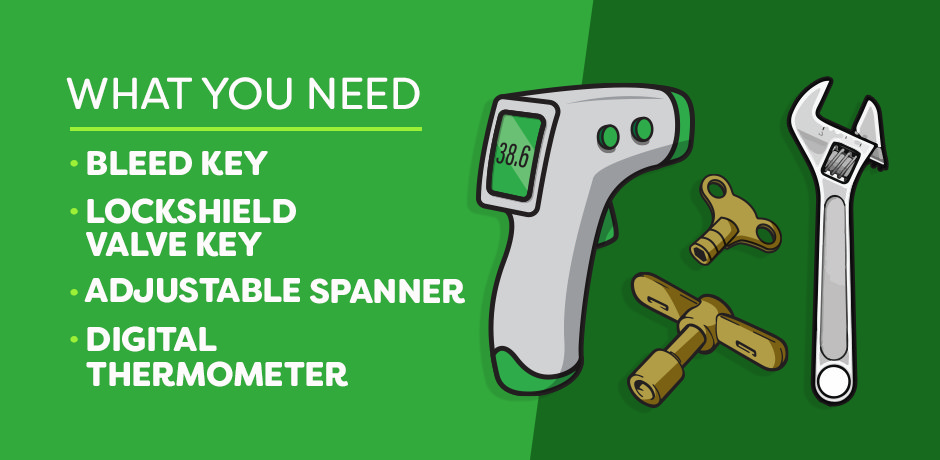
- Radiator bleed key
- Lockshield valve key
- Adjustable spanner
- Digital thermometer
Step 1 - Turn off the Heating
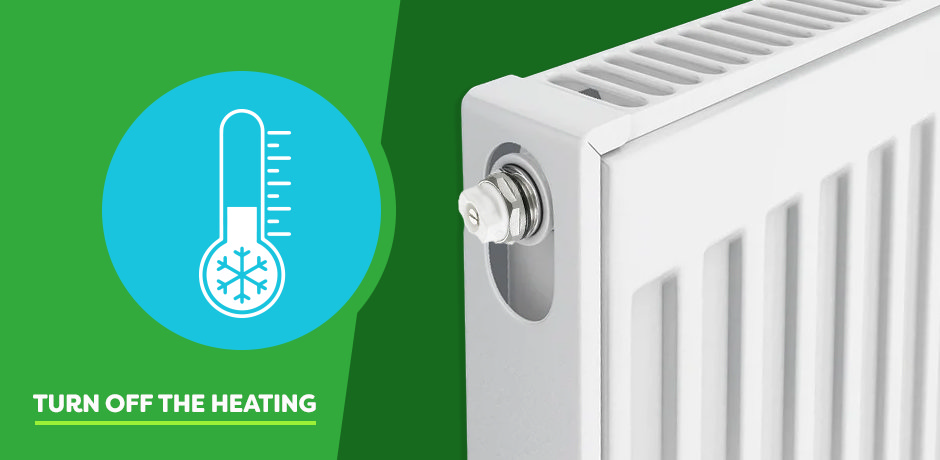
Before you start to balance your radiators, you will need to make sure that you turn your heating off and allow your radiators to cool completely. If you have been able to bleed your radiators beforehand, you will be able to get more accurate temperature readings.
Step 2 - Open Radiator Valves
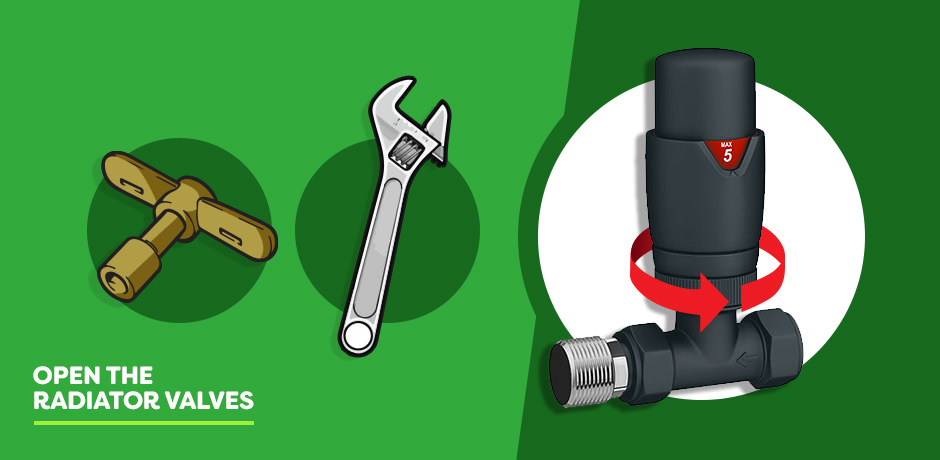
Once all of the radiators have cooled you will need to open all of the radiator valves in your home. If your radiators have thermostatic or wheelhead valves, these can be easily tuned anti-clockwise by hand to open the valve. However, to open lockshield valves you will need to remove the plastic cover and use a lockshield valve key or adjustable spanner to turn the valve anti-clockwise.
Step 3 - Switch the Heating on
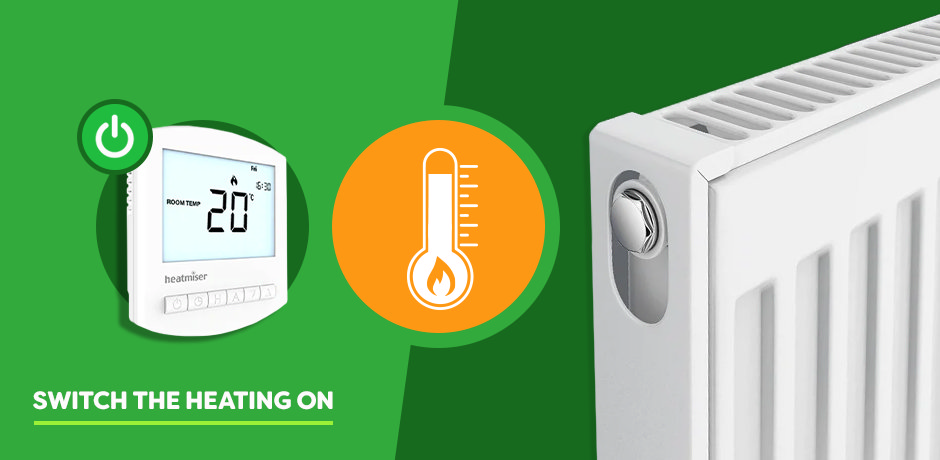
After opening all of the valves, you will need to switch the heating back on and take note of how long each radiator takes to warm up. It can be useful to enlist friends and family to help take note of each radiator. Doing this will allow you to see which radiator heats up the fastest. You might find that the radiator that heats up the fastest is the one closest to the boiler.
Step 4 - Switch the Heating off

Before you can start balancing your radiators, you will need to turn your heating off and allow them to fully cool again. As this can take a while you might want to leave them until the next day.
Balancing Your Radiators
Now that you know how long each radiator takes to heat up and which is the fastest, you can start the balancing process.
Step 1 - Turn the Heating on
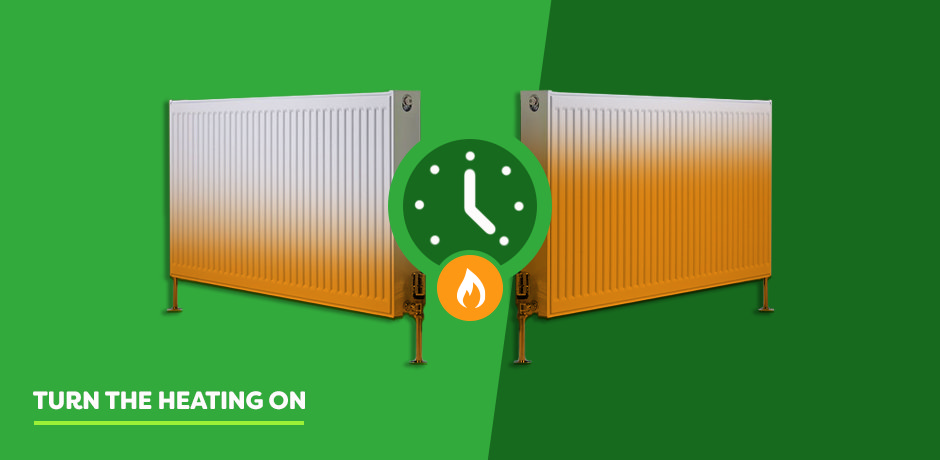
With the valves still open, you can turn the heating on (again). One it has switched on, make your way to the radiator that heats up the fastest.
Step 2 - Adjust the Radiator
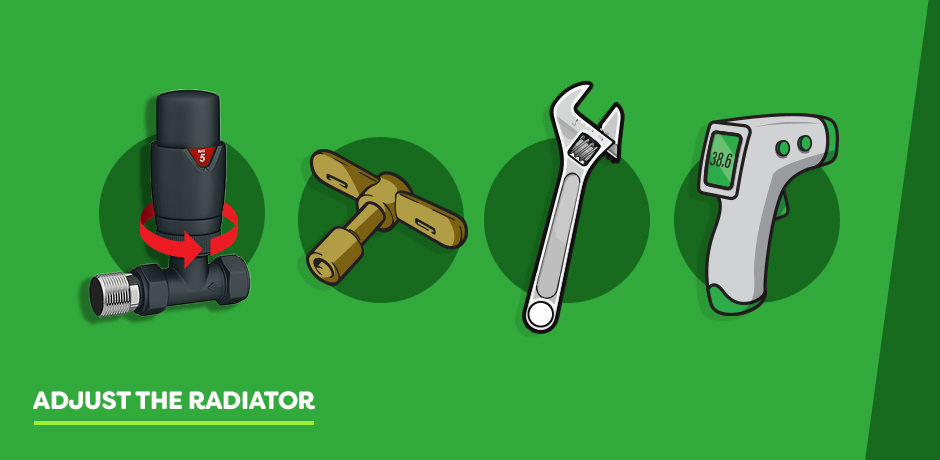
Now, you will need to fully turn the lockshield valve off by either turning by hand, lockshield valve key or adjustable spanner. Do this by turning it fully clockwise. Once it is shut, turn it back a quarter or half turn and you will notice the radiator will heat up again.
Then you will need to measure the temperature of the radiator. Using your digital thermometer, take the temperature of the pipes on each side of the radiator and take note of both readings.
Then, turn the lockshield valve gradually until the difference between the readings of both pipes is exactly 12°c. This process can be very time consuming as you will need to wait for the temperature of the radiator to change every time you adjust the lockshield before taking the temperature.
Step 3 - Repeat the Process for Each Radiator
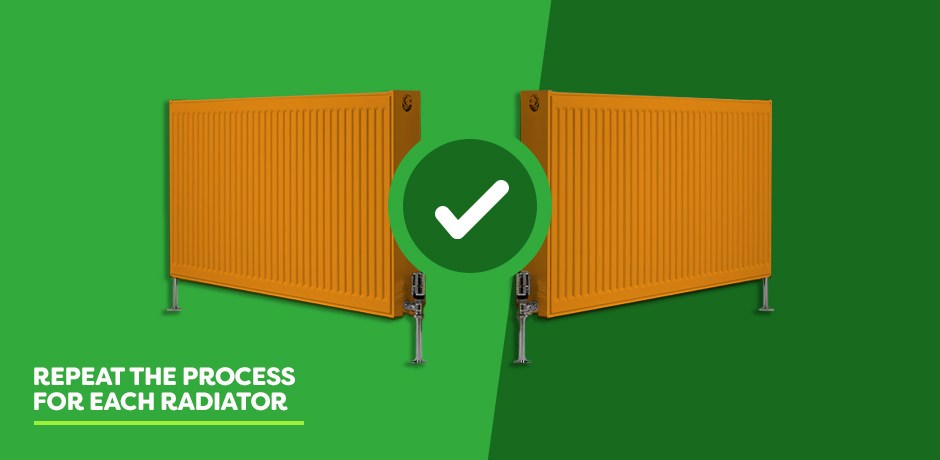
Now that you have balanced your first radiator with a difference of 12°c between the pipes, you will need to repeat the balancing process on each radiator in the order that they heat up.
Then your heating system will be balanced and working as efficiently as it should be when heating your home.

Megan
Megan is an expert bathroom blogger, she enjoys writing helpful DIY articles and bathroom inspo blogs. As well as specialist bathroom advice, Megan also shares expert how-to blogs with step by step guides.
